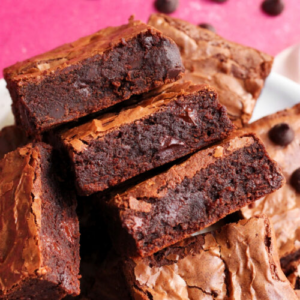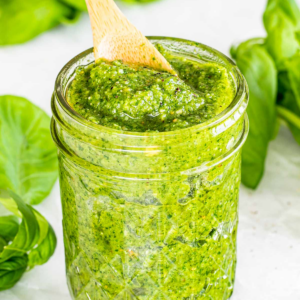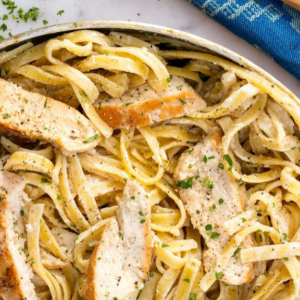Paella, the quintessential dish of Spain, is much more than just a meal—it’s a celebration of the country’s rich history, diverse culture, and culinary innovation. Originating from the region of Valencia, paella has become a symbol of Spanish cuisine, embodying the flavors, colors, and spirit of the Mediterranean. With its roots in rural traditions and its evolution into a globally recognized dish, paella is a testament to Spain’s gastronomic heritage.
The Origin of Paella: A Tale of the Spanish Countryside
Paella’s origins trace back to the eastern coastal region of Spain, specifically the fertile lands surrounding the Albufera lagoon near Valencia. This area, known for its rice paddies, provided the perfect setting for the creation of a dish that would become synonymous with Spanish cuisine. The word “paella” itself comes from the Old French word “paelle,” which means pan, and refers to the wide, shallow pan in which the dish is traditionally cooked.
Historically, paella was a humble, rural dish prepared by farmers and laborers. It was made with whatever ingredients were readily available, which often included rice, vegetables, and sometimes rabbit, duck, or chicken. The dish was cooked over an open fire, typically using wood from orange trees, which imparted a distinct smoky flavor to the rice. Paella was originally a communal meal, eaten directly from the pan, with each person using a wooden spoon to enjoy their portion.
The Tradition of Paella: A Spanish Culinary Icon
Today, paella is more than just a dish; it is a cultural icon and a symbol of Spanish culinary tradition. In Valencia, the birthplace of paella, the dish is deeply rooted in the region’s identity. It is a dish that brings families and communities together, often prepared for special occasions, celebrations, and festivals. The preparation of paella is a social event in itself, with family members and friends gathering around the fire to watch the process and share in the anticipation.
Valencia’s annual Fallas festival, held in March, is one of the most famous celebrations where paella takes center stage. During this festival, massive paellas are cooked in the streets, and the air is filled with the aroma of saffron, garlic, and seafood, as locals and visitors alike indulge in this beloved dish.
The Preparation of Paella: A Symphony of Ingredients
The preparation of paella is a meticulous process that requires attention to detail and a deep understanding of the ingredients. At its core, paella is a rice dish, and the type of rice used is crucial to achieving the perfect texture. Bomba rice, a short-grain variety that absorbs liquid without becoming mushy, is the preferred choice. The rice is cooked in a broth that is richly flavored with saffron, the spice that gives paella its characteristic golden hue and earthy aroma.
Traditional Valencian paella, known as paella Valenciana, includes ingredients such as chicken, rabbit, green beans, and garrofón (a type of large white bean). The addition of saffron, paprika, and rosemary infuses the dish with a depth of flavor that is both savory and aromatic. The preparation begins with sautéing the meat and vegetables in olive oil, followed by adding the rice and broth. The dish is then left to simmer, allowing the rice to absorb the flavors of the broth and develop a crispy layer at the bottom known as socarrat—a prized element of a well-cooked paella.
In coastal regions, seafood paella, or paella de mariscos, is a popular variation, featuring an array of fresh seafood such as shrimp, mussels, clams, and squid. The seafood is often added towards the end of the cooking process to ensure it remains tender and flavorful.
Characteristics of Paella: A Feast for the Senses
Paella is a dish that delights all the senses. Visually, it is a vibrant and colorful dish, with the golden saffron-infused rice serving as a backdrop to the various ingredients that adorn it. The aroma of paella is equally captivating, with the fragrant saffron, smoky paprika, and the freshness of the seafood or meat wafting through the air.
The flavor of paella is a harmonious blend of its components. The rice is the star, carrying the essence of the broth, while the other ingredients add layers of texture and taste—from the tender bite of the meat or seafood to the crunch of the green beans. The socarrat, with its slightly caramelized and crispy texture, adds an additional dimension to the dish, offering a contrast to the soft, fluffy rice above it.
In conclusion, paella is a dish that encapsulates the essence of Spain—its history, culture, and love for communal dining. Whether enjoyed in a bustling Valencian market or at a family gathering, paella is a celebration of life, tradition, and the simple pleasures of sharing a delicious meal with loved ones.





